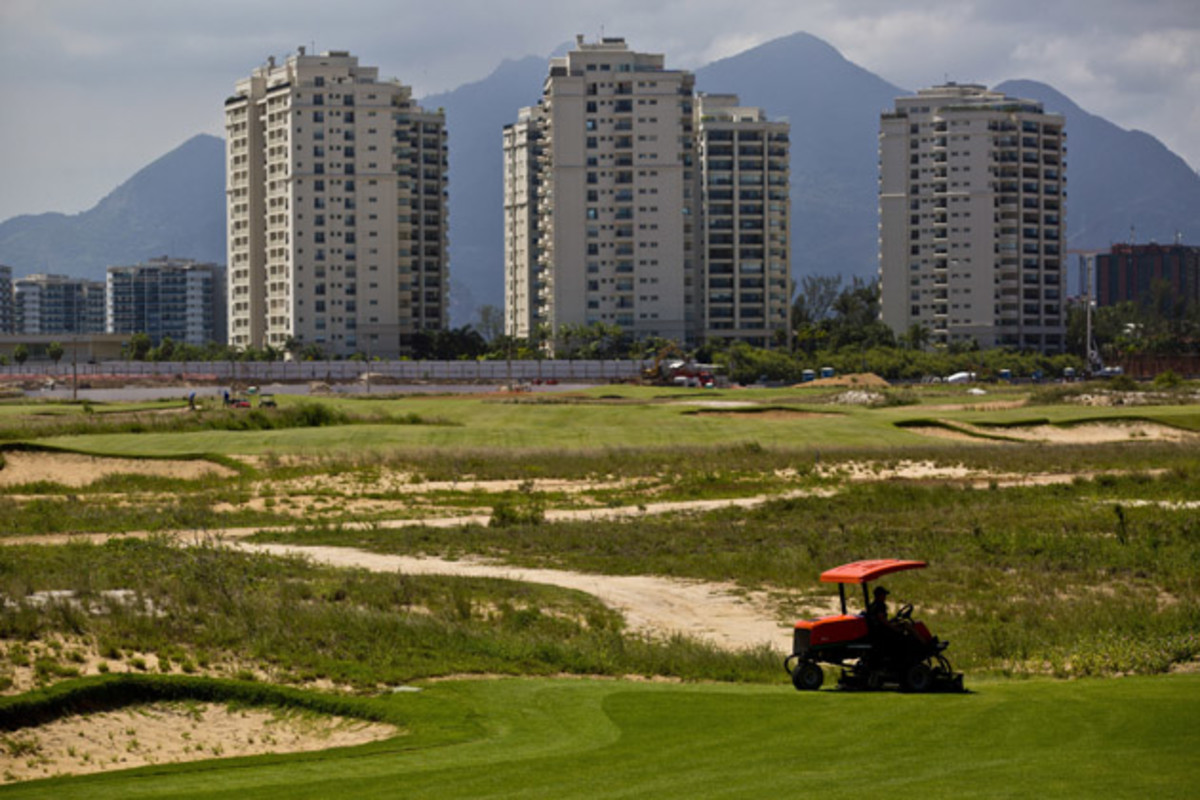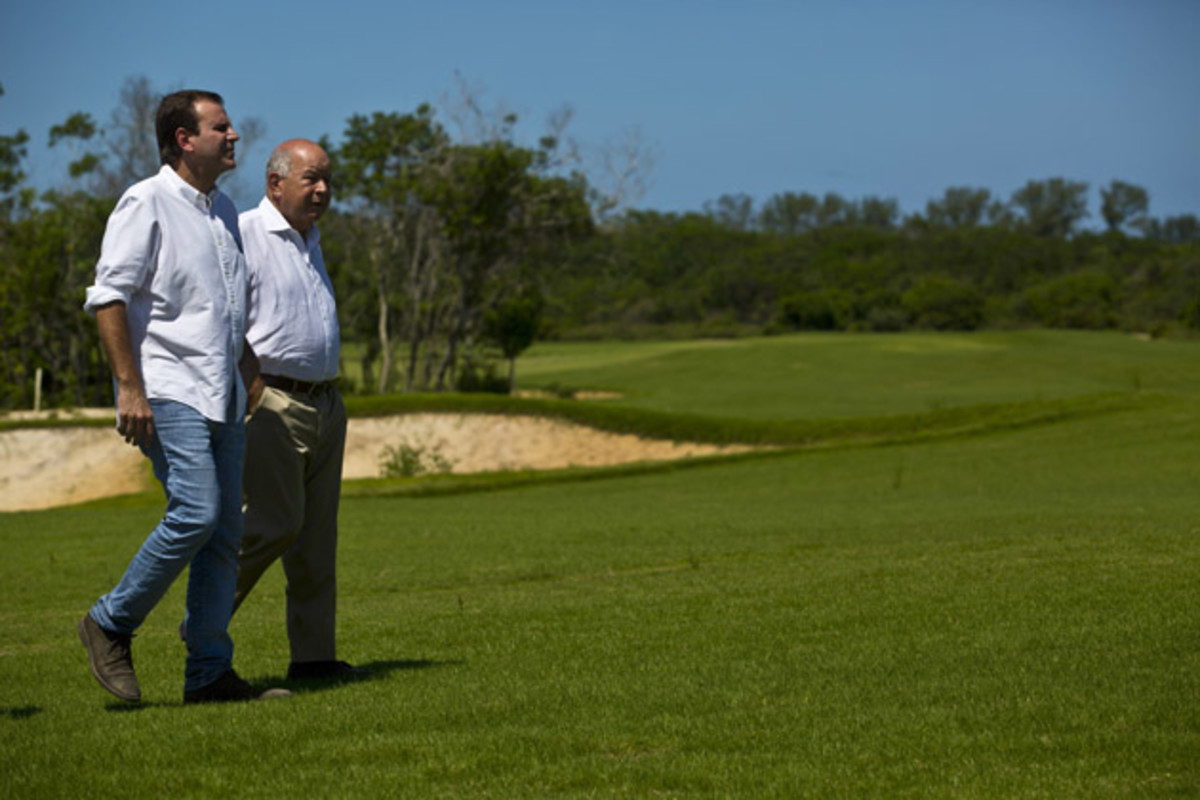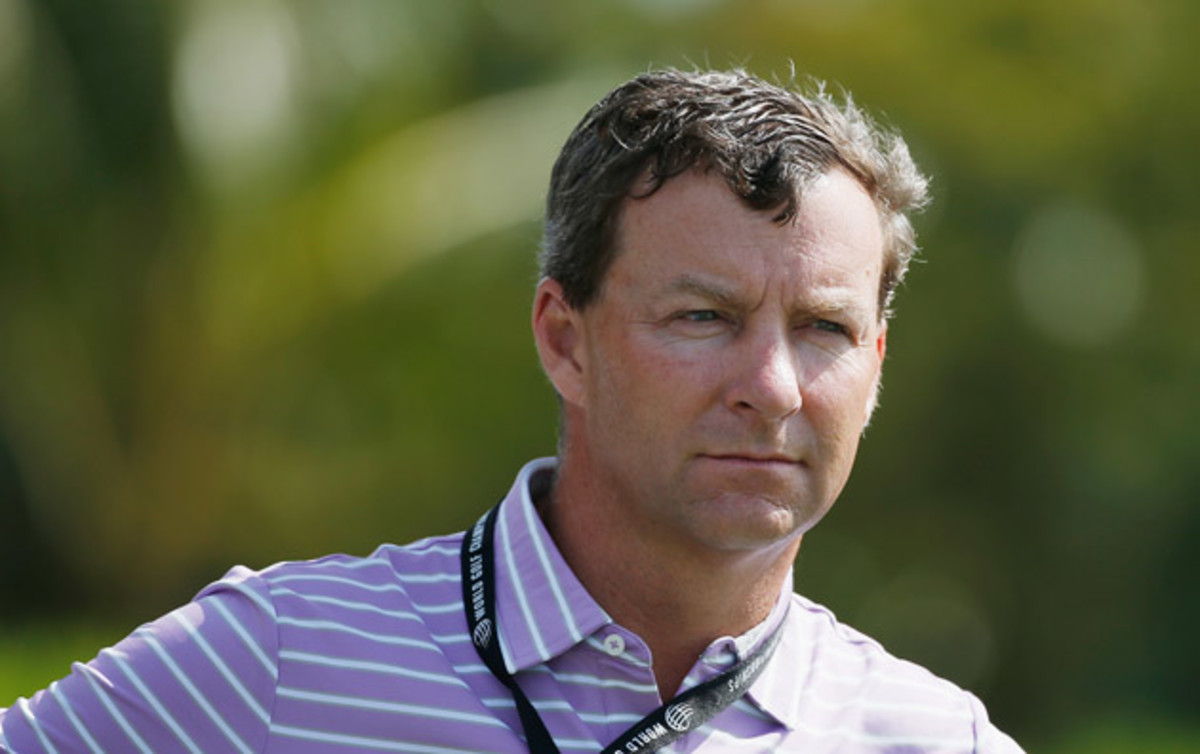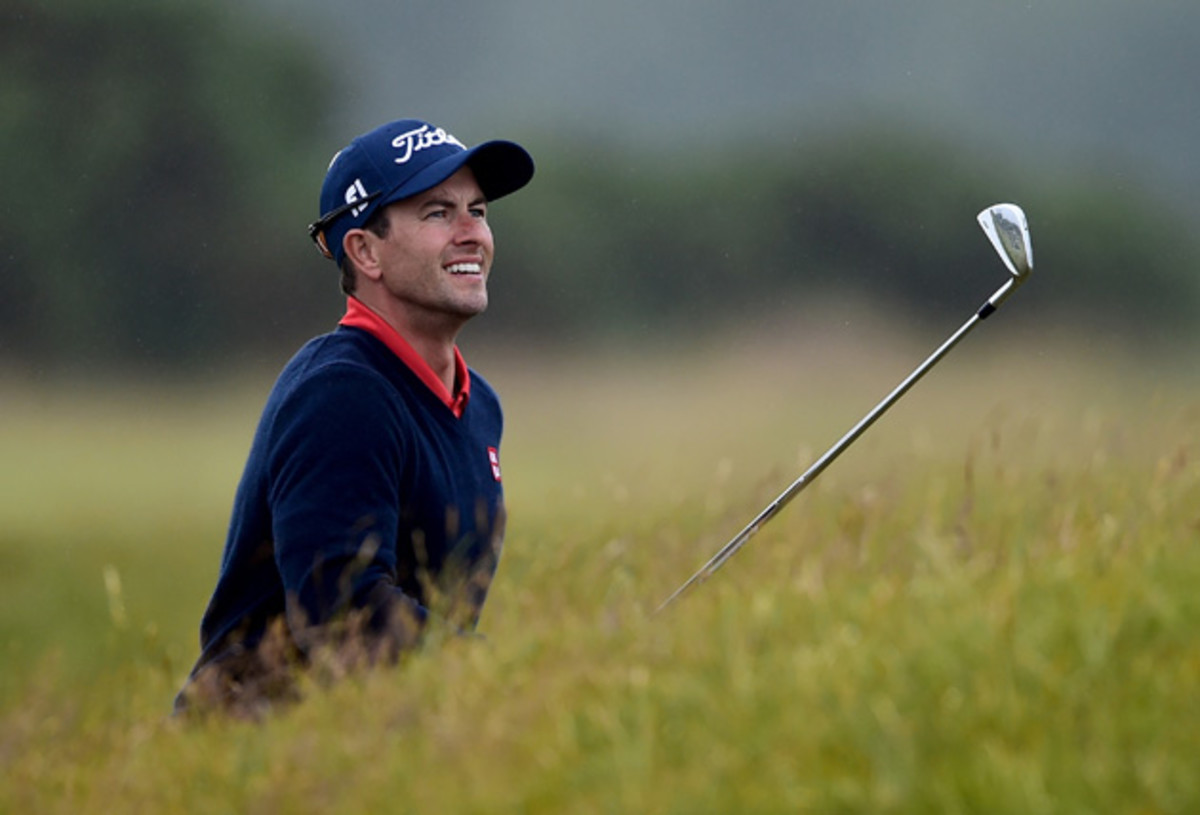Golf will return to the Olympics in Rio 2016, but challenges still remain

Golf’s reentry into the Olympics, after a 112-year hiatus, has been fraught from the very beginning: complaints about the format and field size; myriad controversies surrounding the construction of the Olympic course in Rio; scheduling complications across numerous professional tours; and public outbreaks of apathy among certain top players. But, one year out, there has finally been a perceptible shift in opinion. Many of the biggest issues have been resolved, and with Olympic golf finally close to becoming a reality the loneliest of athletes seem to have embraced the chance to be part of something larger than themselves. Says Martin Kaymer, “The Olympic Games is the biggest sporting event in the world, so to play a role in it would be an incredible experience. We very rarely get to be a part of a team or play for our country so it will be an honor for any of us who get to do so.”
“I’ve dreamed about it since I was a little girl but I never thought I’d have the chance,” says Michelle Wie. “Finally golf is in the Olympics and my dream can come true.”

The golf in Rio will look very familiar: the format is 72 holes of stroke play, just like the major championships and pretty much every other tournament on television. Ever since the sport was voted back into the Olympics, in October 2009, the golf press has been hostile to the format choice. What makes the Olympics such riveting theater is that the athletes are constantly fighting for their survival, one little misstep from ruining a lifetime of preparation. That win-or-go-home ethos sounds a lot like match play, no? Even the two-man teams that were used for decades at golf’s World Cup managed to create a sense of teamwork and the feeling that you were rooting for the flag, not individuals. But the International Golf Federation, which spearheaded the game’s return to the Games, recommended individual stroke play for more practical reasons, and the IOC was happy to concur. The field size in Rio for both the men and women will be only 60 players, largely because the IOC is working to limit the total number of athletes at the Games. (The U.S. Open accommodates 156 players.) Match play cuts the field in half with every round, potentially reducing fan interest and creating the doomsday scenario of only unknowns from small countries being left in the medal round. “We see extreme benefits in everybody who makes the Olympics competing all four days instead of many of them going home after one round of match play,” says Ty Votaw, the IGF vice president. “And in a match play scenario, you would likely be left with four players for the final day, with three of them guaranteed to medal. Where’s the dramatic tension in that? In stroke play, there could be 20 players within three shots of the lead. That’ll breed excitement. And if you’re talking about players from China, India, Brazil…” Here Votaw’s voice trails off dreamily.

More problematic is the limited field size and the qualifying criteria it has spawned. Qualifying for the Olympics is pegged to the existing World Ranking. At the cutoff point on July 11, 2016 the top 15 in the ranking are automatically in the Games, with the proviso that there cannot be more than four players from any country. The World Ranking will be used to fill out the next 44 spots but no country can have more than two representatives. Brazil, as host country, will receive the 60th and final spot if not otherwise qualified. What this means is that many of the biggest names in golf will not be in Rio. As of this writing, U.S. men hold down 14 of the top 23 spots in the World Ranking. Jordan Spieth, Bubba Watson, Rickie Fowler and Jim Furyk would qualify for the Games; those who wouldn’t include Dustin Johnson, Zach Johnson, and Phil Mickeslon. With the two-player-per-country limit, various big-name Brits, South Africans and Aussies will also be left behind. Meanwhile, among those who are currently in the field are Ricardo Gouveia (Portugal), Angelo Que (Philippines), Thomas Pieters (Belgium), Chan Shih-chang (Taipe) and a dozen other randoms unknown even to the most sleepless Golf Channel viewer. This imbalance is repeated on the women’s side, where half of the top 18 in the World Ranking hail from Korea. World No. 1 Inbee Park recently called the qualifying criteria “disappointing,” adding, “If you are in the world’s top 50, you should be able to play in the Olympics. There are some countries where [players] ranked number 300 or 400 will play, but obviously not Koreans.”

Votaw, whose day job is at the PGA Tour, spearheaded golf’s return to the Olympics and he has a well-rehearsed rebuttal. “That isn’t how it’s done in any Olympic sport,” he says. “I would submit that the fourth-fastest sprinter from Jamaica can probably beat anybody in the world except the top three sprinters from Jamaica. But the guy who’s fourth doesn’t get in. It certainly doesn’t grow golf around the world when fully developed golf-playing nations dominate the field.”
This missionary spirit has informed the creation of the Olympic golf course, which is being built on the edge of an estuary in the Barra da Tijuca zone. When the Games leave town it will be the only public golf course in all of Rio de Janeiro—“another great legacy of this Olympics,” says IOC president Thomas Bach. Yet the course’s birth has been a struggle, with lawsuits related to competing claims of the ownership of the land on which it’s being built and public protests and media controversies about the course’s environmental impact, which is curious given that the site was previously a degraded sand mine. Says Votaw, “I’ve learned to never say never in Brazil, but we believe all of the issues have been resolved and anything else is just background noise.” Undeterred by the endless delays has been the course’s designer, Gil Hanse, who was an underdog in the fierce competition to snag the commission. Hanse is beloved by purists for his natural, minimalist designs but his is a boutique operation compared to the brand names like Jack Nicklaus and Greg Norman he was competing against. Hanse got the nod thanks to an exceedingly clever routing, wonderful use of the natural landforms and gorgeous bunkering that evokes the great courses of Australia’s Sand Belt, such as Royal Melbourne. It certainly didn’t hurt that Hanse made a strong commitment to native vegetation and water conservation, which will make the course sustainable into the future.

Course construction has been completed and now it’s just a matter of letting the turf mature. An IOC mandated test-event was scheduled for this November but the exhibition—which will likely feature four male and four female golfers—has been pushed to early 2016, allowing for another season of grow-in. Moving the event away from the holidays should also make it easier to coax top players to make the trip. Until it is tested by the pros the course’s merits will remain theoretical but the low-key Hanse can’t hide his excitement, saying in a recent email volley,“[IGF president] Peter Dawson described the course as a ‘thinking person’s course’ and we view that as a compliment of the highest order. I believe a thoughtful player who is able to assess the angles of play will be at an advantage. The course is wide off the tee but in order to score the player will have to favor one side or the other based on the hole location for the day. The course will also favor a player who is creative with their short game given the many recovery options that exist around the greens. While we were building the course it was very frustrating given how inefficient the process was. However, in hindsight we may have benefited from the more leisurely pace as it allowed us to spend more time refining our thoughts and working on the details.”
10 potential first-time U.S. Olympians to watch ahead of Rio 2016
The final hurdle for golf’s reentry into the Games was cleared last month when the PGA Tour released its rejiggered 2016 schedule. With the men’s Olympic golf provisionally scheduled for August 11-14, the PGA Championship has moved from its traditional mid-August slot to July 28-31, just two weeks after the British Open. The FedEx Cup playoffs will begin the week after the Games, followed immediately by the Ryder Cup. Being crowbarred between golf’s most important events only highlights the Olympics’ unusual status: it is the biggest sporting event in the world but still a curiosity in the golf world. Adam Scott recently voiced the traditionalist point of view, saying, “Whether I win an Olympic medal or not is not going to define my career or change whether I’ve fulfilled my career. It’s nothing I’ve ever aspired to do and I don’t think I ever will. It’s all about the four majors and I think that’s the way it should stay for golf.”

Bach, the IOC president, has already seen golf weather numerous challenges on its way to Rio, and he has a long view about its place in the Games. He buzzed into last month’s British Open to press flesh and at a press conference was asked, “If Olympic gold doesn’t represent the pinnacle of achievement in your sport, then does it have its place in the Games at all?”
With the tiniest of smirks, Bach replied, “Ask the gold medalist after he has been standing on the podium listing to the anthem and being celebrated by the world, then he will give you the answer.”
